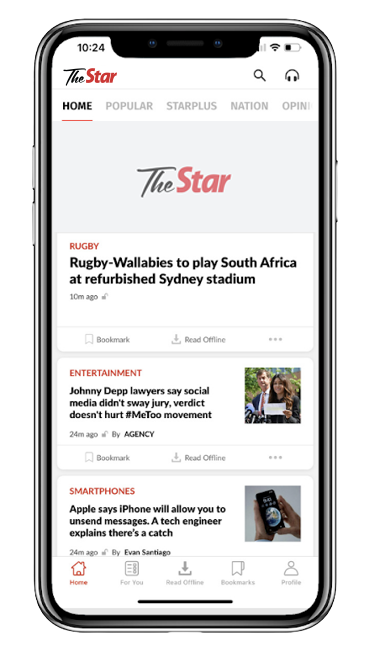LOS ANGELES: What can an astronaut, baby sloths, a sentimental music video and an MRI scanner reveal about your friends? Quite a lot, a new study reveals.
Researchers put 42 business school students in an MRI machine and showed them a series of 14 videos. As they watched the clips, the scanner recorded the activity in their brains.
Already a subscriber? Log in.
Subscribe now for a chance to win your dream holiday!

Cancel anytime. No ads. Auto-renewal. Unlimited access to the web and app. Personalised features. Members rewards.
Follow us on our official WhatsApp channel for breaking news alerts and key updates!





